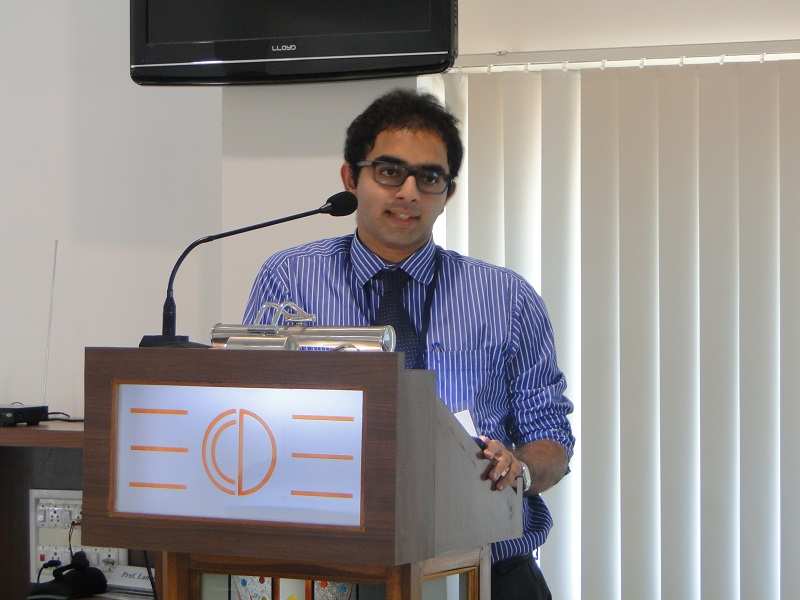New wars, growing inflation, and rapidly proliferating climate issues raise pertinent questions about the future of food. World over, the manner in which food consumption is changing, food technology evolving, and new research raising alarm bells, revisiting the production, processing, preparation, distribution, and consumption of food is a timely and pressing concern. When the food system is stressed, the natural result is food insecurity which impacts not just the human environment but also disrupts the biogeophysical and animal environment. As a direct outcome of this stressor, emerges food-induced conflicts, and diseases and have short and long-standing consequences for global health.
Year after year we attempt to celebrate world food day, but with each passing year, we need to ask ourselves what have we done and how far have we come. Global trade and urbanization are further changing the ecosystem of planetary sustainability and infrastructure.
Besides, the future of food differs from and between regions. In belts of Southern Africa, the most frequent driver of the future of food is climate change which influences food safety, food insecurity and also food shocks. In parts of South Asia, economic instability, ground water availability, drought and poverty lead to challenges around hunger and malnutrition. While agriculture remains a critical sector to inspire the farm to plate program, agriculture is also a major contributor of methane (CH4) and nitrous oxide (N2O) which are greenhouse gases and needs to be handled with tact and newer means of adaptation.
While growing attention is given to climate change driven issues around food security, specific impact on food safety, and consumption patterns is less addressed both from a governance and also social standpoint. Rising number of food items today are adulterated, added with chemicals and also have carcinogenic potential of diverse proportion which is putting human lives at grave risk. Formation of mycotoxins on plant products, residues of pesticides in plant products, heavy metal presence in plant products and also in the soil, polycyclic aromatic hydrocarbons in food, marine biotoxins in seafood, algal blooms and presence of pathogenic bacteria in food influence outcomes for public health in full measure.
World food day presents an opportunity for food regulatory bodies to engage with public health teams in ascertaining food quality, food safety and also ensuring hygiene standards in places of consumptions, meat markets, fish markets and other retail stores including cold storage facilities. This also warrants ad-hoc inspection on import export food products and tinned food which have scope for potential harm. Food safety around commercial bus terminals, railway stations, road side dhabas need to be regulated in public health interest as most of these areas are rat and cockroach infested and often filled with flies. Low and middle income countries need to undertake low cost measures to ensure quality at the heart of safety and consumption. The future of food depends on collective goodwill, shared wisdom and committed researchers and public health professionals. It is in their hands, that the future of food lies.
Disclaimer
Views expressed above are the author’s own.
END OF ARTICLE





